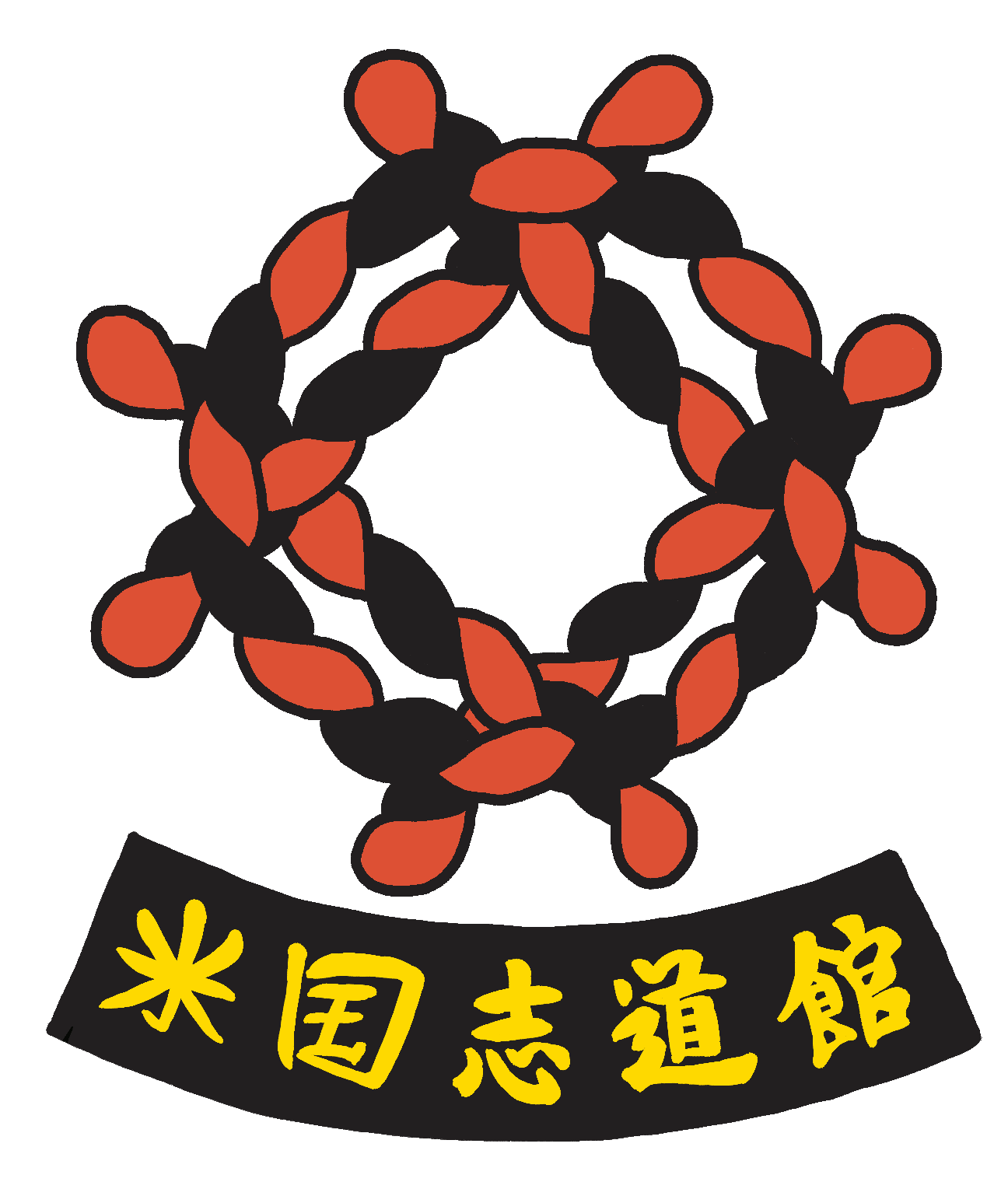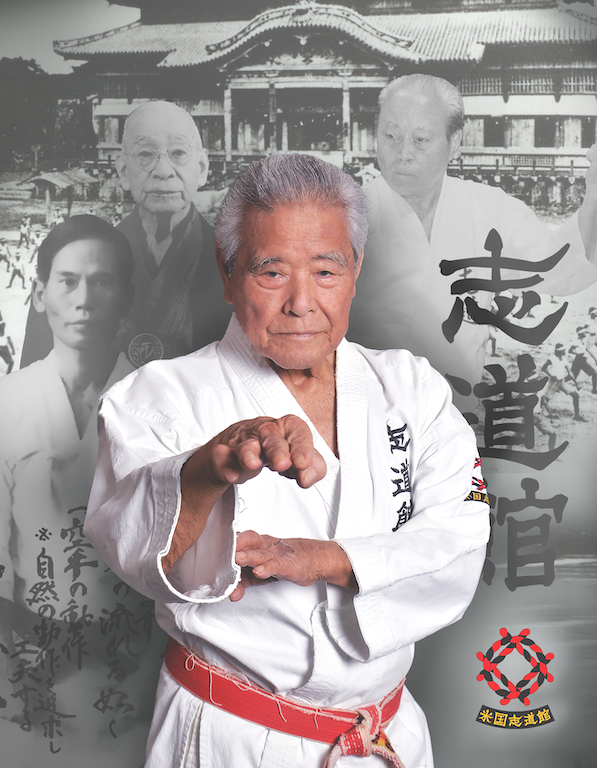Sensei Iha's Self Defense Karate Training Tips
- By Matthew Hublinger, 8th Dan, Beikoku Shidokan Karate Hombu Dojo
- •
- 11 Nov, 2024
- •
Grand Master Seikichi Iha, 10th Dan, Shorin Ryu Beikoku Shidokan Karate Do, Provides Self Defense Karate Training Tips
Proper kata, makiwara, and partner practice are at the heart of Okinawan Shorin Ryu Karate.
When doing kata on your own, one must balance between complete exhaustion and a lack of outpower. Sensei says this balance is found in your own body only if you train to complete exhaustion much of the time.
He recalled that in his younger days in Okinawa, he and his friends would figure out different ways to bring their bodies to exhaustion. For example, they would use isometrics and see who could bring themselves to sweat first. Or they would assume various stances and push against immovable objects and see who could go longest while giving full outpower. Sometimes they would see who could break the makiwara or lift the heaviest weight. Sensei gave these examples to illustrate the point that we only grow when we put ourselves in situations where we max out regularly. What weight lifter never adds weight to the bar?
He says Kata is only kata if it is done like a spirit, not a marathon. While it’s true that at times we have to go slower to refine the technique, we must not stop there but rather understand that it is a martial technique that requires a certain balance, speed, and outpower as its end. This feeling in kata is called “ijiki”. Ijiki is this lively action that gives onlookers a sense of awe, that they can see that you are visualizing fighting when you move in kataIjiki combines breath control and a balanced and rotating center (jiku) through correct posture (head always over center) and lower abdominal awareness (moderate pushing out from below the belly button). This, combined with the connection of the elbows to the body, allows for outpower to come from the hips and spine and not the shoulder and tricep. This centrifugal force is called “enshin ryoku”. Punches and kicks are whipped out rather than pushed out.
The Kata's Kiai should be jarring and off-setting. It is the audible manifestation of your spirit.
Partner work is never about competition. After a few moves a person’s skill is very apparent. Partner work demonstrates your ability to control yourself and harmonize with your partner. This difficult ability is “kakehiki”. Sensei says it is easy to sing a solo but much harder to harmonize.
When students demonstrate strikes on the bag and board, distance and recoil control are important. This is only learned by doing it on a regular basis, but since students are using a bag and board that they are often unfamiliar with at Hombu Doo they should understand how heavy and stiff the objects are before they strike it.
Sensei says the ability to put your power into someone else is primarily developed by makiwara. It is your other sensei.



